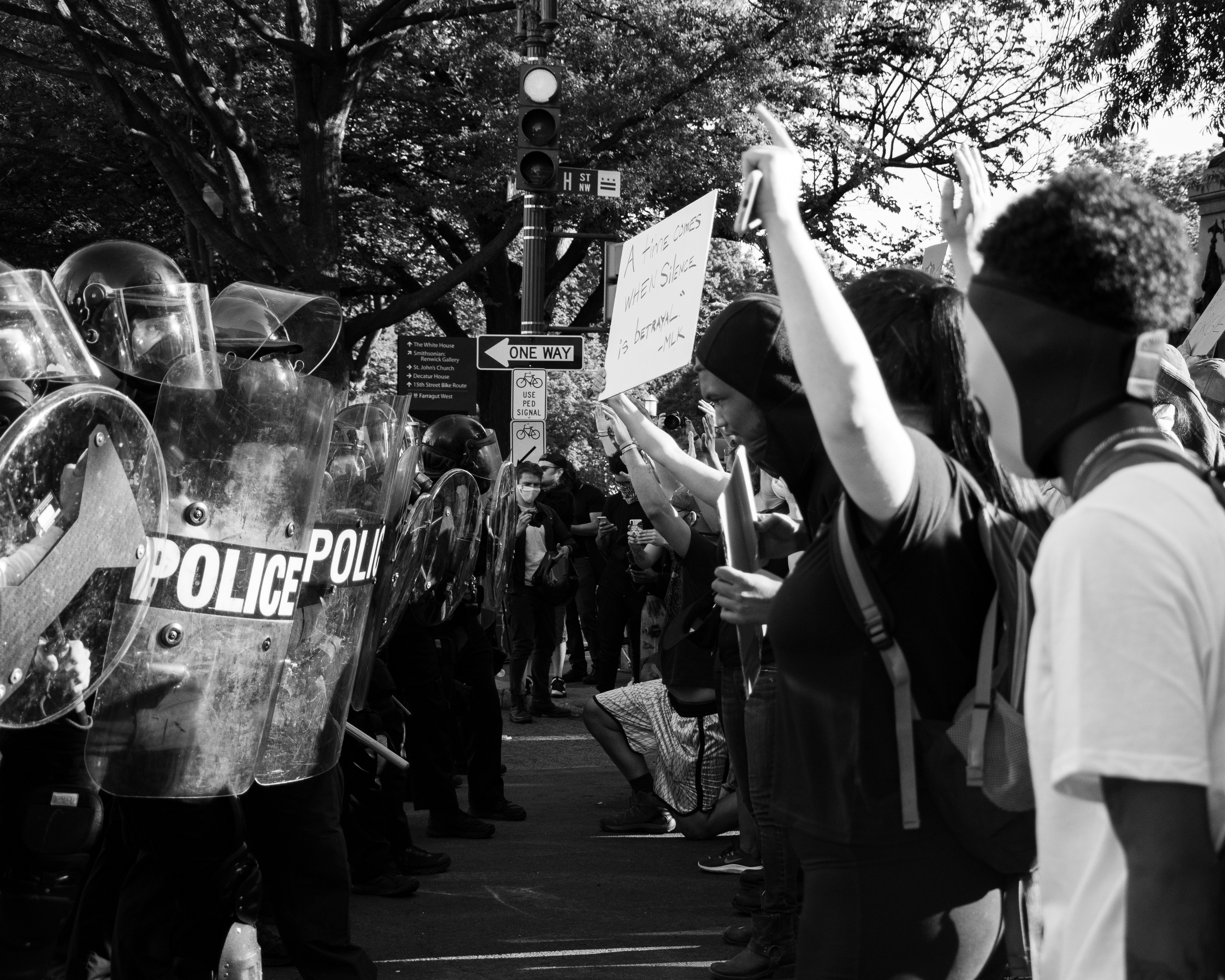Revisiting Campus Conflict: Rethinking The Role Of Law Enforcement Amidst Student Protests

Recent clashes between protesters and law enforcement at Columbia University and other American campuses have sparked renewed debate about the appropriate response to student demonstrations. This article aims to delve into the principles underlying the management of protests and evaluate the effectiveness of current approaches, particularly in light of recent scenes of conflict.
Scenes of Conflict: Flashbangs, Helmet-Wearing Police, and Handcuffed Students:
The scenes of flashbangs, helmet-wearing police officers, and handcuffed students at Columbia and other universities paint a stark picture of the tensions that can arise during protests. These confrontations have raised questions about the tactics employed by law enforcement and their impact on campus dynamics and public perception.
Principles Underlying the Management of Protests:
At the heart of the debate surrounding campus protests are fundamental principles of free speech, assembly, and academic freedom. While students have the right to express dissent and engage in protest, universities also have a responsibility to maintain order and ensure the safety of their campus community.
Evaluating the Effectiveness of Current Approaches:
The recent confrontations between protesters and law enforcement prompt a critical evaluation of the effectiveness of current approaches to managing campus protests. While the use of force may quell immediate disruptions, it can also have long-term implications for campus dynamics and the broader societal perception of academic institutions.
The Need for Reassessment: Rethinking the Role of Law Enforcement:
In light of recent events, there is a pressing need to reassess the role of law enforcement in managing campus protests. While police intervention may be necessary in certain situations, there are also potential benefits to adopting alternative approaches that prioritize dialogue, understanding, and conflict resolution.
Conclusion:
The scenes of conflict at Columbia University and other campuses serve as a stark reminder of the complexities surrounding student protests and the role of law enforcement. As universities grapple with these challenges, it is essential to engage in thoughtful dialogue and explore innovative strategies for promoting peaceful resolution and fostering a culture of mutual respect on campus.
Author: Brett Hurll
The Self-Destructive Nature Of Anti-Tourism Protests: Balancing Resident Concerns With Tourism Benefits
In recent years, anti-tourism protests have become increasingly common across popular tourist destinations. From the Bal... Read more
Military And Strategic Implications Of The Ukrainian Drone Attack In Kursk
On a recent morning, the Kursk region in south-western Russia witnessed an unexpected and significant event: a Ukrainian... Read more
Chinese Tech Stocks Gain Ground Despite Wall Street Technology Sell-Off
Chinese tech shares in Hong Kong gained on Friday, defying a technology stock sell-off on Wall Street, driven by strong ... Read more
Defense Pact Between Britain And Germany: A Focus On Cybersecurity And Joint Operations
In a move set to redefine European defense collaboration, Britain and Germany have signed a comprehensive defense pact a... Read more
US Secret Service Director Steps Down After Trump Assassination Attempt
Security lapses admitted by Kimberly Cheatle prompt resignation.Kimberly Cheatle, the head of the US Secret Service, has... Read more
Kamala Harris Promises A Brighter Future In Official Campaign Launch
In a vibrant and impassioned campaign launch, Vice President Kamala Harris vowed to lead America toward a "brighter futu... Read more

